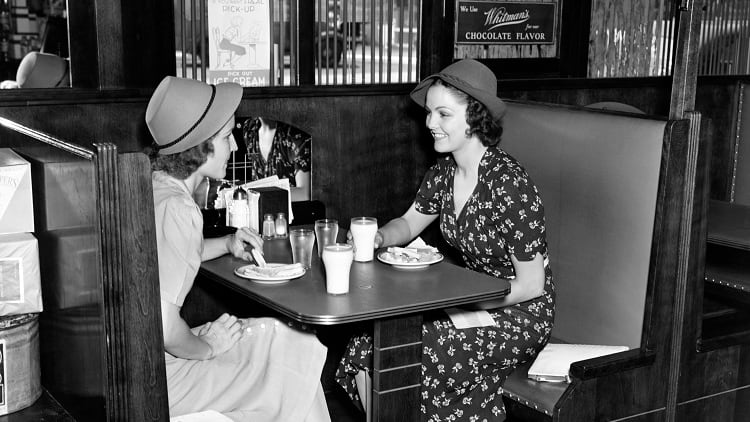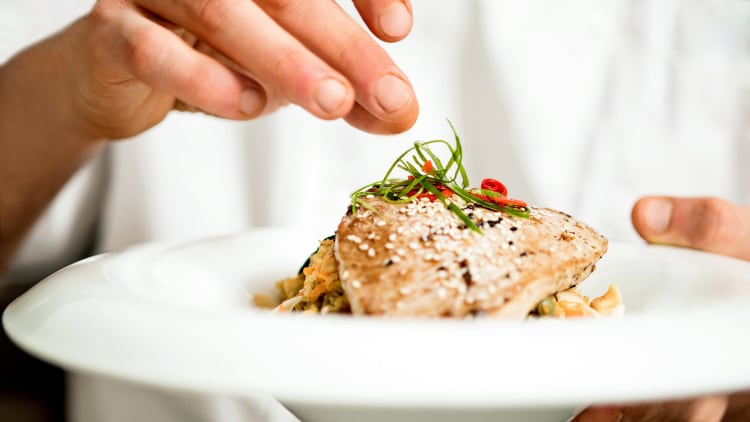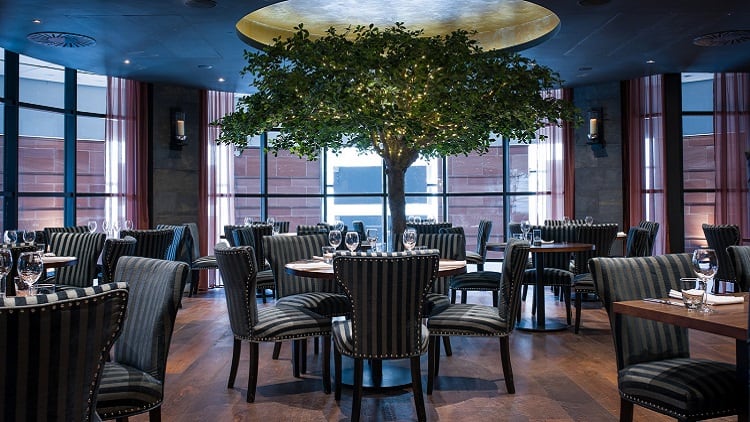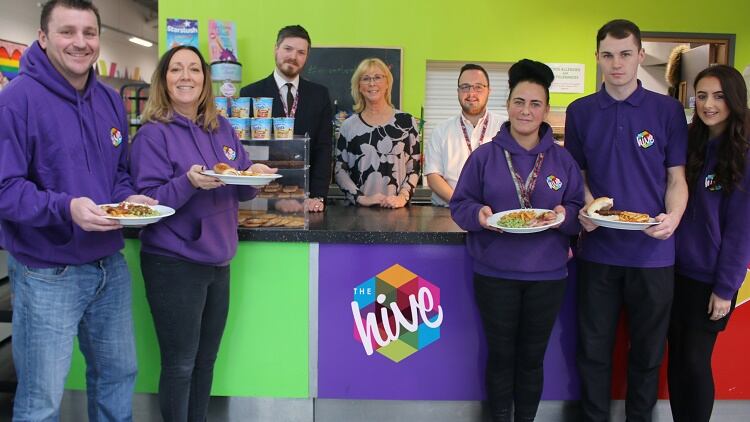While Michelin-starred pub chefs and gastropubs are commonplace in the UK, nuts, crisps, pickled eggs and pork scratchings have still remained food staples.
So how has this come about? Well, the journey of food in the pub sector has certainly been a long one, with some interesting twists and turns along the way.
It was the Romans who brought the idea of the pub to the UK following the invasion of 43AD. They brought with them wine shops called Tabernae, which were built alongside roads to quench the thirst of the soldiers. The Romans were also said to have introduced lots of items to the British diet, including the likes of cabbages, peas and cherries.
According to Ben Johnson, writing on website Historic UK, the Romans were also responsible for building roads that led to the easy transportation of produce throughout the country.
Inns gain popularity
When the Romans eventually left in the 5th century AD, alehouses became a more common sight, many opening out of people’s homes.
The next invaders were the Saxons. “The Saxons were excellent farmers and cultivated a wide variety of herbs. These were not used just for flavour as they generally are today, but were used as bulk to pad out stews,” Johnson says. Importation of foods was also reported to have had an impact on what the UK population was eating. Herbs and spices from as far away as Asia made it to UK shores.
It was during the Middle Ages that there was a dramatic change, with increasing numbers of people travelling around the country needing accommodation.
This was when inns and the offer of food and refreshment became more important.
By the 18th century, the gin craze had hit the UK and successive governments pushed for people to drink beer as a healthier option, a movement that culminated in the Beerhouse Act of 1830.
The 19th century
At this point it would be amiss not to discuss the potato, which remains a pub staple to this day. Although it was widely thought that the potato arrived in the UK in the 1600s it was in the 19th century it had become a staple of the European diet.
In Paul Jennings’ The Local: A History of the English Pub, foreign travelling visitor Gustave d’Eichtal in 1828 is quoted as saying while rooms were furnished and dirty, the food was the “best feature”.
He maintained that inns offered: “One or more portions of good meat, potatoes, some vegetables and a good wedge of cheese.”
According to Boak and Bailey’s Beer Blog, Henry Mayhew’s publication London Labour and the London Poor highlighted various examples of people who made their living selling snacks outside and in public houses.
The blog said: “By the 1850s, pubgoers were eating pickled whelks (‘not to fill themselves, but for a relish’), boiled green peas, fried fish, pies and sheep trotters. In short, anything that could be sold in the street and didn’t require cutlery was probably being eaten in pubs.”
But by the mid-1800s there was an even bigger challenge to pub food with the arrival of Jewish settlers who brought with them the beginnings of the fish and chip shop.
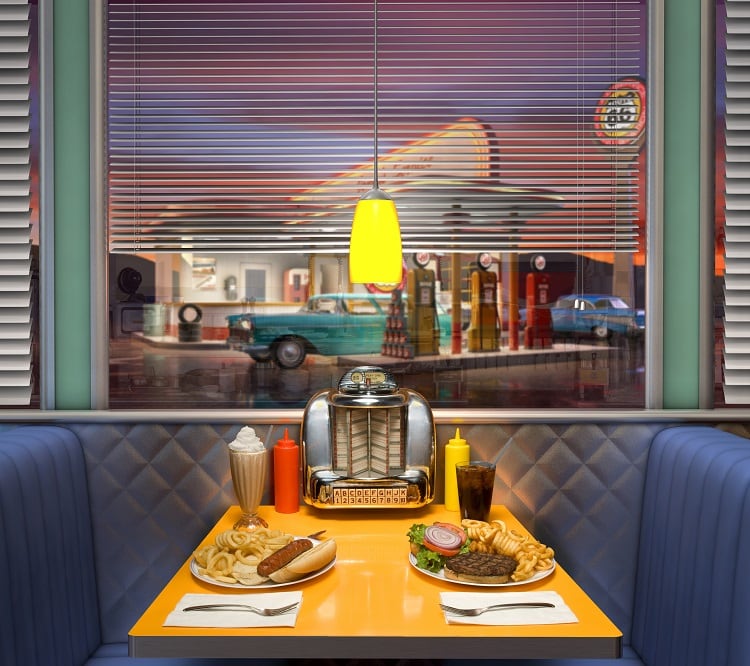
Crisps introduced
By the First World War, fears over morale prompted the government to introduce the Defence of the Realm Act 1914, which severely restricted the periods when pubs could open for the sale of alcohol – which was 12noon to 3pm and 6.30pm to 9.30pm.
According to Boak and Bailey, just before the Second World War, Mass Observation (a social research group founded in 1936) surveyors said that substantial cooked food, such as tripe, black pudding and pies, were available from “wandering hawkers”.
History reports that in the 1920s Frank Smith, the founder of the Smith’s Potato Crisps company, started out packaging crisps with a twist of salt in greaseproof paper bags, which were sold around London. It was not long before pubs were also serving crisps. By the Second World War, the Government had changed its approach recognising pubs as crucial social hubs.
However, with rationing still an issue for the UK population, there is very little evidence of a food offer at this time.
The good news was that final rationing ended in 1954 with meat and bacon back on the agenda.
Immigration moves food on
The 1950s saw a resurgence of pub food with items such as the home-made pie and a pint. Customers could also get crisps, pickled eggs and the fish man might even visit. But there were changes about to take place in the 1950s and 1960s that would transform consumers’ eating habits as American burger bars entered the UK market and immigration saw the arrival of migrants from China and India.
It was during the 1950s that two Italian brothers Frank and Aldo Bernie decided to open a steakhouse restaurant chain called Bernie Inns. These brothers revolutionised pub food and created the family dining restaurant.
While these may not seem exotic by today’s standards – the prawn cocktail, chicken liver pâté, steak and chips and Black Forest gateau were at the cutting edge of pub food.
By the 1960s, Bernie Inns was rapidly expanding and more food was making it onto pub tables. It was around this time that the ploughman’s lunch and items such as ‘chicken in a basket’ became increasingly popular.
Another revolution was also at hand, allowing pubs with no chefs or cooking experience to serve food. In particular the country witnessed the arrival of the microwave and the freezer, which allowed pubs to serve a wider range of foods from steak and ale pie, to sausage and mash and even fish and chips.
Food-driven pubs
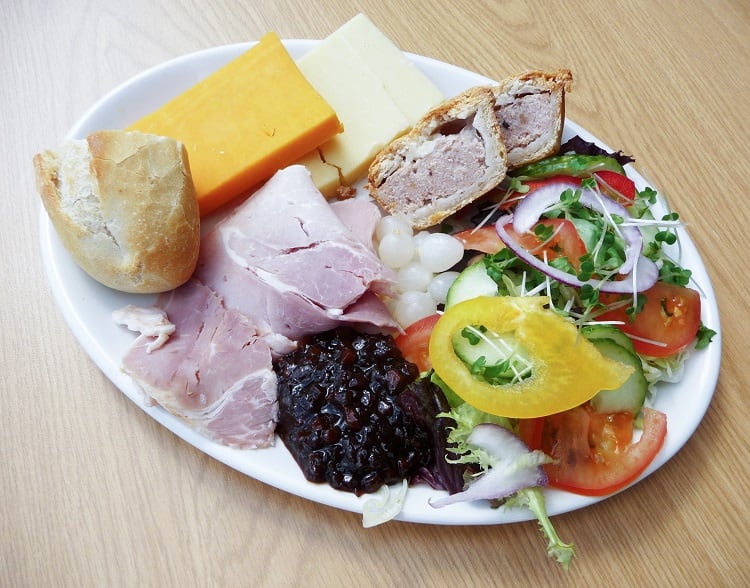
The 1970s and 1980s saw further growth in the sector with more food-driven pubs opening their doors.
Pub food chain Beefeater was launched in 1974 at the Halfway House in Enfield while Harvester launched its first site in 1983 in Morden.
The Bernie Inn chain was sold to Grand Metropolitan in 1970 and, ultimately, to Whitbread in 1995, which merged it with its Beefeater and Brewers Fayre brands.
The 1990s marked yet another food revolution in the pub market – the arrival of the gastropub. Whether you believe that David Eyre and Mike Belben who took over the Eagle pub in Clerkenwell, in central London, created the first gastropub, or whether that accolade should go to Denis Watkins at the Angel Inn in Hetton, North Yorkshire, there can be little doubt that the quality of food across the pub sector was improving all the time.
It was around this time there were other dramatic changes to UK licensing laws – the introduction of the Licensing Act 1988 saw pubs being granted all-day opening, which in particular resulted in a revolution on Sundays, with the liberalisation of the laws enabling pubs to start offering the all-day Sunday roasts that we now see as such a normal part of weekend trading around Britain.
A need to diversify
This period of time saw another trend hit the market as pubs started to introduce and experiment with cuisines other than largely British. Fuller’s pub the Churchill Arms, in Kensington, west London, for example, boasts of being the first pub in the capital to serve Thai food – a pioneering move that it embarked on more than 25 years ago.
This stage in pub evolution also witnessed the era of meal deals, spearheaded by chains like JD Wetherspoon, which launched its Curry Club offering a curry and a pint as well as its Steak Out night offering a steak for £5.99.
The early 2000s saw a raft of changes for the pub sector with increased costs and demands meaning pubs needed to diversify. No longer could licensees simply open their doors and expect to see a throng of punters contributing to a healthy bottom line.
Food was improving all the time and by 2001, the first UK pub – the Stagg Inn in Titley, Herefordshire – received a Michelin star.
Skip to 2003 and beer writer and Campaign for Real Ale stalwart Roger Protz, at the launch of CAMRA’s Good Beer Guide 2004, called it the “year of beer and food.”
Opening hours change
Opening hours change Around the same time, leading food writer Fiona Beckett noted the trend of matching beer with food.
She claimed that beer and food matching was “the new rock ’n’ roll”, and maintained that brewers were falling over themselves to prove their beers are food-friendly.
This was also the era of the breakfast revolution and pub chain JD Wetherspoon was again in the vanguard, launching breakfasts at 600 of its sites in September 2002 and reaching sales of 60,000 breakfasts per week across it estate – despite the fact its operating hours were restricted to a 10am start.
When the Licensing Act 2003 came into force in England and Wales in 2005, it brought with it flexible opening hours, which meant that pubs could not only be open later than the traditional 11pm shut down, but earlier as well for breakfast. JD Wetherspoon extended breakfast opening to 7am at its sites across its estate, although by 2010, this had been moderated to around 300 remaining open at 7am, 350 at 8am and the remaining 130 at 9am. Many other pub chains followed its lead, opening sites earlier to capitalise on the growing clamour for ‘the most important meal of the day’.
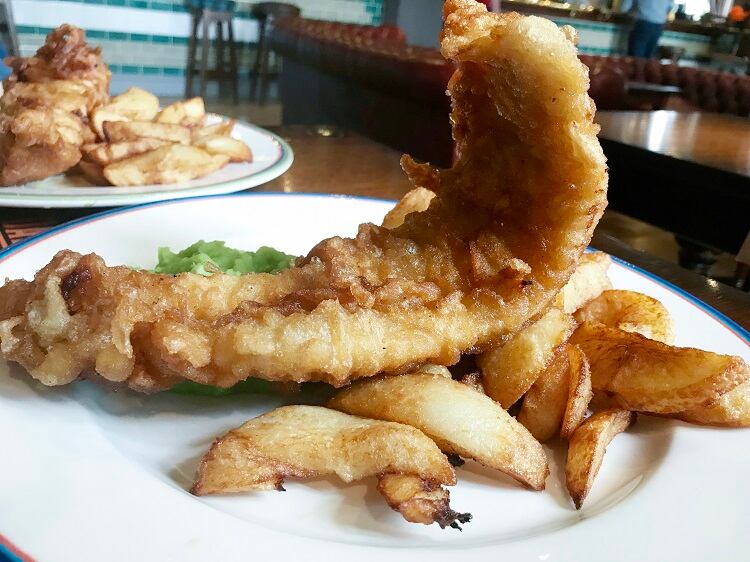
Breakfast visits on rise
Pubs now account for more than 11% of all breakfasts sold in the out-of-home food market, and exclusive research from insight agency MCA reveals that pubs continue to increase their share of breakfast visits. Figures from MCA’s Quarterly Brand Monitor, which uses data from its Eating Out Panel comprising 6,000 consumer interviews every month, indicates that pub restaurant breakfast visits have increased by 0.5 percentage points to 11.3% of all breakfasts served in the third quarter of 2018.
But, while many pubs were expanding their food offerings, there were still some concerns over quality. In fact, in 2006, The Morning Advertiser reported that Marcus Wareing, of Michelin starred restaurant Petrus, claimed airline food was better than the “pathetic offerings” that were currently being served in most pubs.
Speaking in Waitrose Food magazine he was reported as saying: “In most locals, the menu rarely gets better than tinned soup, sandwiches that have been hanging around for three or four hours and a heap of tasteless meat or fish that has been deep-fried to hell and back.”
By July 2007, the smoking ban had come into force across the nation and the result was a change in demographic profiles of those coming into the pub.
Male smoking drinkers became less prevalent and more women and families saw the smoke-free environment as a potential attraction. While food was already a growing part of the pub market this accelerated its rapid growth and with that the quality on offer.
Fast forward to October 2011 and the first ever pub to gain two Michelin stars was unveiled in the Michelin Guide – the Hand & Flowers in Marlow, Buckinghamshire, run by celebrity chef Tom Kerridge.
And more and more consumers were choosing to eat out in the pub. Statistics from research company NPD revealed at the time that food sales in pubs were up year on year, with operators such as Wetherspoon and Mitchells & Butlers leading the way, while restaurants were suffering. It said the growth in longer opening hours from breakfast to late evening and pub operators’ value-for money approach, were the reasons for the changing trends.
Health wins

The past few years have seen yet another revolution within the pub sector with changes in consumer demands. While pub staples such as the burger and fish and chips remain popular dishes, the onset of healthy lifestyles and a surge in the numbers of vegetarians and vegans has seen considerable changes across pub menus.
MCA labelled 2018 the year of the vegetable as an additional 9m vegetarian/ vegan lunch and dinner dishes were eaten out of home compared to the previous year.
Concerns about the environment and health have also seen people shift away from red meat consumption and towards both chicken and plant-based diets.
Marston’s senior food development manager Nicola Arrow claims that demand for vegetarian and vegan dishes continues to grow.
In September, Marston’s launched its NOMEAT menu campaign across more than 400 pubs with a dedicated vegan offering to cater for the increasing demand.
“Flexitarian or casual vegetarian dining is set to continue to grow throughout 2019,” Arrow predicts.
Fewer visits but bigger spend Despite the fact that there are demands for more sophisticated options, consumers are eating out less, although they are willing to spend more on a quality meal.
The latest data from NPD reveals that customers will eat out on fewer occasions over the next two years, dropping to 11.23bn visits in 2020. But its research also shows that spend will increase by 5% to almost £60bn by the end of 2020.
Food served in pubs has seen dramatic changes – from offering basic refreshments to travellers in the Middle Ages to having some of the best eating out establishments in the country in the current era.
Interestingly, the pub menu favourites of burgers, fish and chips and curry have all integrated themselves into the UK culture via immigration. The changes have been dramatic and there is more to come, with predictions of increased veganism, healthier options, twists on classics and fusion food. It looks like we haven’t seen anything yet.

